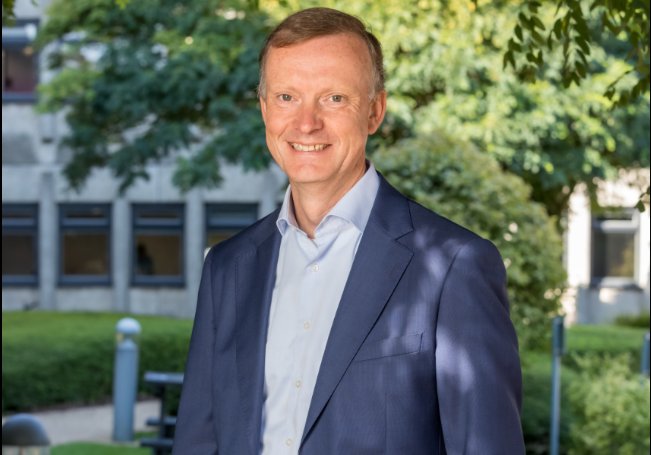Johnson Matthey: Pioneering the Hydrogen Economy with Historical Expertise
With roots tracing back to the industrial revolution, Johnson Matthey is leading the charge in the UK’s clean energy transition.
As a long-standing leader in catalysis — the science behind chemical reactions — Johnson Matthey expanded its capabilities in 2002 by acquiring ICI Synetix’s catalyst technology for £260 million. Today, the company plays a pivotal role in revitalizing Teesside, positioning the region as a key player in the UK clean-tech movement.
At facilities in Billingham and Stockton, which previously housed Davy, an acquired process engineering firm, advanced laboratories host a multitude of catalysis experiments. These labs feature an array of equipment designed for collecting data on reaction conditions such as heat and pressure, as well as overall process efficiency.
Among its initiatives, Johnson Matthey focuses on the Fischer-Tropsch chemical process, which has gained renewed interest for its potential in producing sustainable aviation fuel. Notably, technology from Johnson Matthey enabled a Virgin Atlantic flight to use 100% synthetic kerosene last autumn.
The chief executive of Johnson Matthey Catalyst Technologies, Maurits van Tol, emphasizes that the firm utilizes early 20th-century innovations adapted for modern requirements.
“We are standing on the shoulders of giants,” Van Tol remarks, highlighting the enduring legacy embedded in their engineering and design.
Johnson Matthey does not produce sustainable aviation fuel or low-carbon hydrogen directly; rather, it specializes in catalysis that transforms conventional feedstocks like coal, natural gas, and oil—alongside renewable sources—into syngas.
This syngas can be converted into hydrogen for various applications, including transportation and energy production, as well as methanol for marine use, ammonia for fertilizers, or as a hydrogen vector for long-distance transport.
Such advancements are central to the emerging hydrogen economy, essential for achieving net-zero emissions, although true net-zero can only be realized with the development of “green hydrogen” through the electrolysis of water powered by renewable energy.
Current “blue hydrogen,” utilized in sustainable aviation fuels, results in hydrogen production that generates CO₂ as a byproduct, necessitating capture for low carbon status.

Van Tol notes that the commercial success of blue hydrogen is crucial for enabling green hydrogen technologies in the future.
“We are developing both technologies,” he stated. “The supply chain for green hydrogen is still developing, and we need to consider long-term strategies beyond 2030. Pursuing solely green hydrogen conditions would hinder our progress towards net zero by 2050.”
He believes that the UK is uniquely positioned to capitalize on the technological advancements necessary to meet environmental targets.
“This is a tremendous opportunity for the UK,” he continued. “The nation possesses the most advanced technologies for blue hydrogen production, alongside suitable geology for CO₂ storage. Leveraging existing expertise, the UK can emerge as a leading exporter of clean-tech innovations, creating high-skilled jobs in the process.”
With a heritage extending back to the pre-Victorian industrial revolution, Johnson Matthey has established itself as a significant player in handling precious metals, particularly platinum. Despite this, the company has often kept the details of its valuable assets in north London under wraps.
Yet, it was the application of chemistry that propelled Johnson Matthey to prominence in the late 20th century through innovations such as platinum group metals in catalytic converters that significantly reduced vehicle emissions.
Recognizing the decline of the internal combustion engine, Johnson Matthey ventured heavily into battery technology for electric vehicles. However, by 2019, the company reversed its course, realizing it could not compete with Asian rivals, leading to substantial financial losses and reputational challenges.
Despite this setback, Johnson Matthey’s foundational expertise in catalysis has positioned it at the heart of the clean energy transition.
The company’s heritage includes a profound relationship with ICI, Britain’s former industrial giant, known for pioneering new processes in its Teesside operations. Van Tol acknowledges the influence of this legacy.
“We feel this deeply within our company,” he noted. “ICI was a leader in technology. The influence of ICI continues to thrive within us, with technologies that are flourishing in new forms today.”




Post Comment